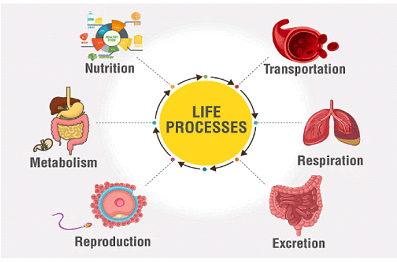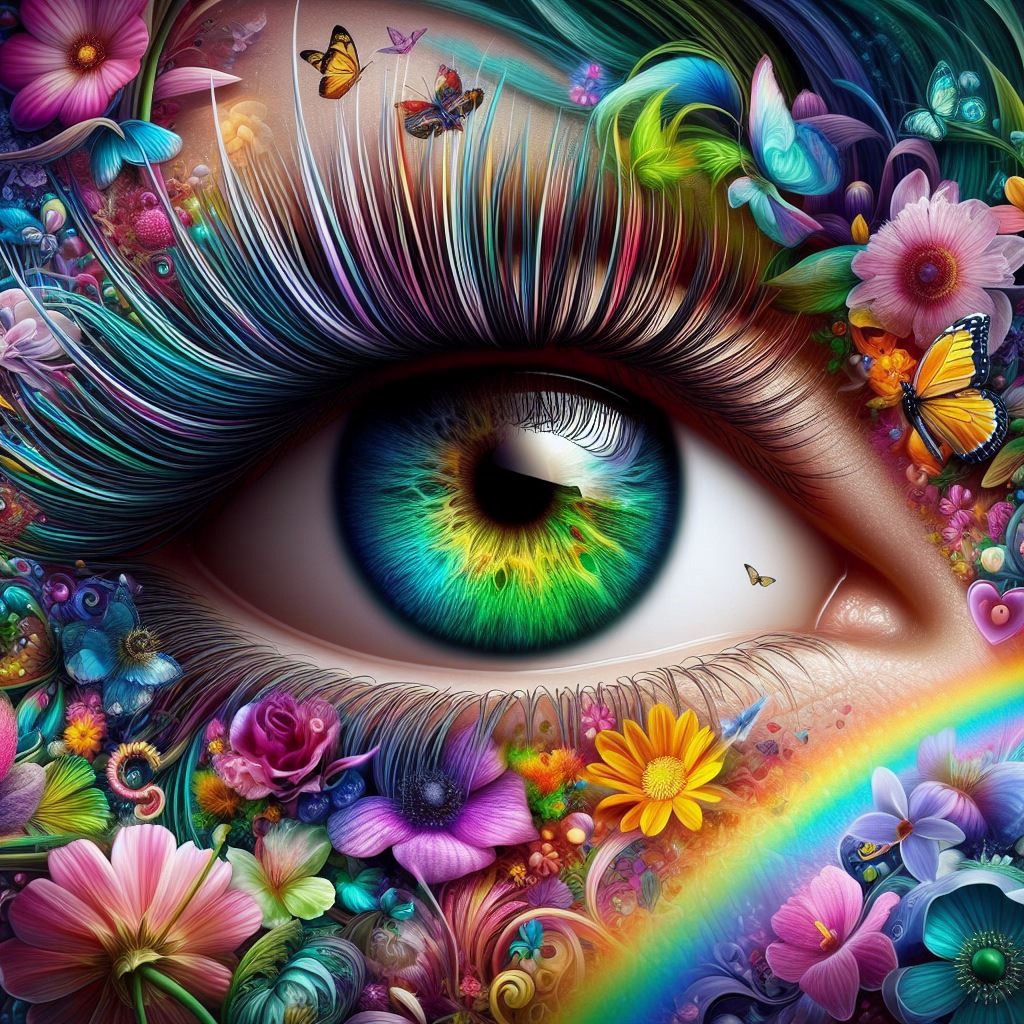Atmospheric Refraction and Scattering
What is Atmospheric Refraction?
Atmospheric refraction is the bending of light as it passes through the Earth’s atmosphere. This happens because the atmosphere has varying densities at different altitudes, causing light to change direction as it travels.
Twinkling of Stars
The twinkling of stars is caused by atmospheric refraction. As starlight enters the Earth’s atmosphere, it passes through layers of air with different densities, causing the light to bend multiple times. This results in the apparent position of the star fluctuating, making it appear to twinkle.
Twinkling of Stars
 >
>Why don’t planets twinkle? Planets are closer to Earth and appear as small disks rather than point sources of light. The combined light from their surface reduces the effect of atmospheric refraction, making them appear steady.
Color of the Sun at Sunrise and Sunset
The reddish appearance of the Sun during sunrise and sunset is due to atmospheric refraction and scattering. When the Sun is near the horizon, its light passes through a thicker layer of the atmosphere, scattering shorter wavelengths (blue light) and allowing longer wavelengths (red and orange light) to reach our eyes.
Sunrise and Sunset
 >
>This phenomenon is also responsible for the beautiful colors of the sky during these times.
Advanced Sunrise and Delayed Sunset
Due to atmospheric refraction, the Sun appears to rise 2 minutes earlier and set 2 minutes later than it actually does. This is because the light from the Sun is bent as it passes through the Earth’s atmosphere, making the Sun visible even when it is slightly below the horizon.
Advanced Sunrise and Delayed Sunset
 >
>Why is the Sky Blue?
The blue color of the sky is due to a phenomenon called Rayleigh scattering. Shorter wavelengths of light (blue and violet) are scattered more than longer wavelengths (red and orange) by the molecules and tiny particles in the Earth’s atmosphere. Since our eyes are more sensitive to blue light, the sky appears blue.
Rayleigh Scattering
Why are Clouds White?
Clouds appear white because of Mie scattering. The water droplets in clouds are much larger than the wavelength of light. They scatter all wavelengths of light equally, resulting in the combined effect of white light.
Mie Scattering
Why is the Sky Red During Sunrise and Sunset?
During sunrise and sunset, the Sun is near the horizon, and its light passes through a thicker layer of the atmosphere. This causes most of the shorter wavelengths (blue and violet) to be scattered out of view, leaving the longer wavelengths (red and orange) to dominate the sky.
Red Sky at Sunrise and Sunset
Scattering Phenomenon
Scattering is the process by which small particles and molecules in the atmosphere deflect light from its original path. The type of scattering depends on the size of the particles and the wavelength of light.
Types of Scattering:
- Rayleigh Scattering: Occurs when particles are smaller than the wavelength of light (e.g., air molecules). It scatters shorter wavelengths more (blue light).
- Mie Scattering: Occurs when particles are similar in size to the wavelength of light (e.g., water droplets in clouds). It scatters all wavelengths equally, resulting in white light.
- Tyndall Effect: Occurs when light is scattered by colloidal particles (e.g., dust or smoke in the air). It is responsible for the blue color of smoke or the beam of light in a foggy environment.
Tyndall Effect
 >
>Key Points to Remember
- Atmospheric refraction causes the twinkling of stars, advanced sunrise, and delayed sunset.
- The sky appears blue due to Rayleigh scattering of shorter wavelengths (blue light).
- Clouds appear white due to Mie scattering, which scatters all wavelengths equally.
- The sky appears red during sunrise and sunset because longer wavelengths (red and orange) dominate due to increased scattering of shorter wavelengths.
- The Tyndall Effect explains the scattering of light by colloidal particles, making phenomena like blue smoke or light beams visible.


